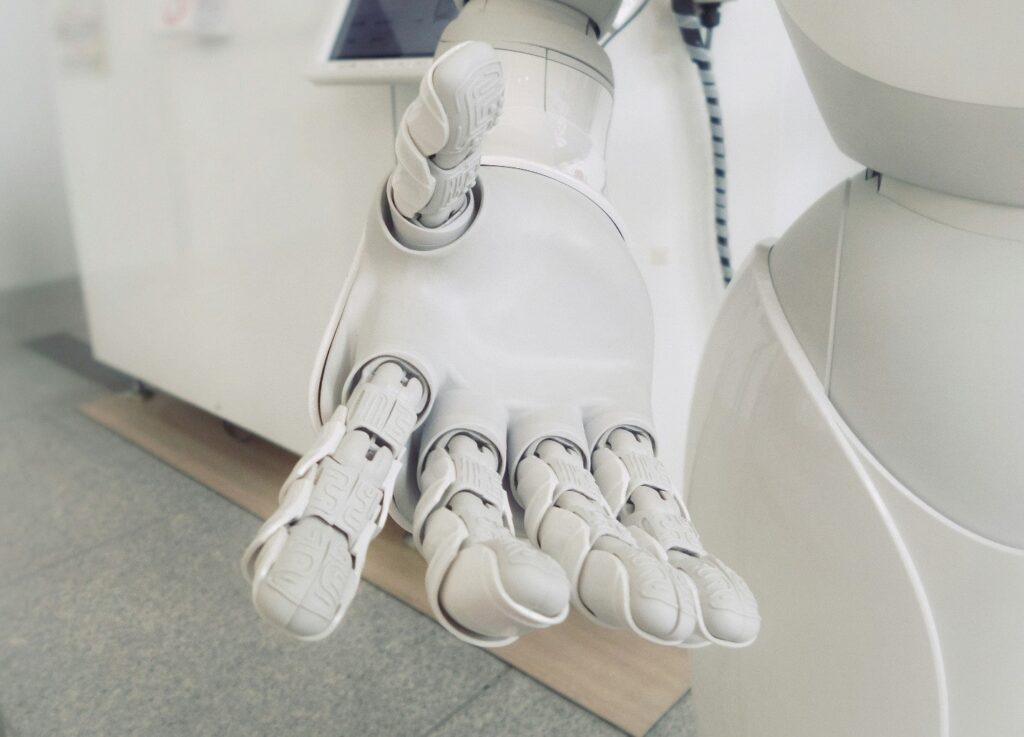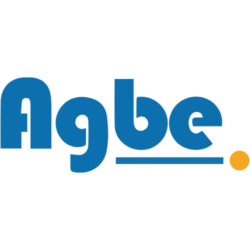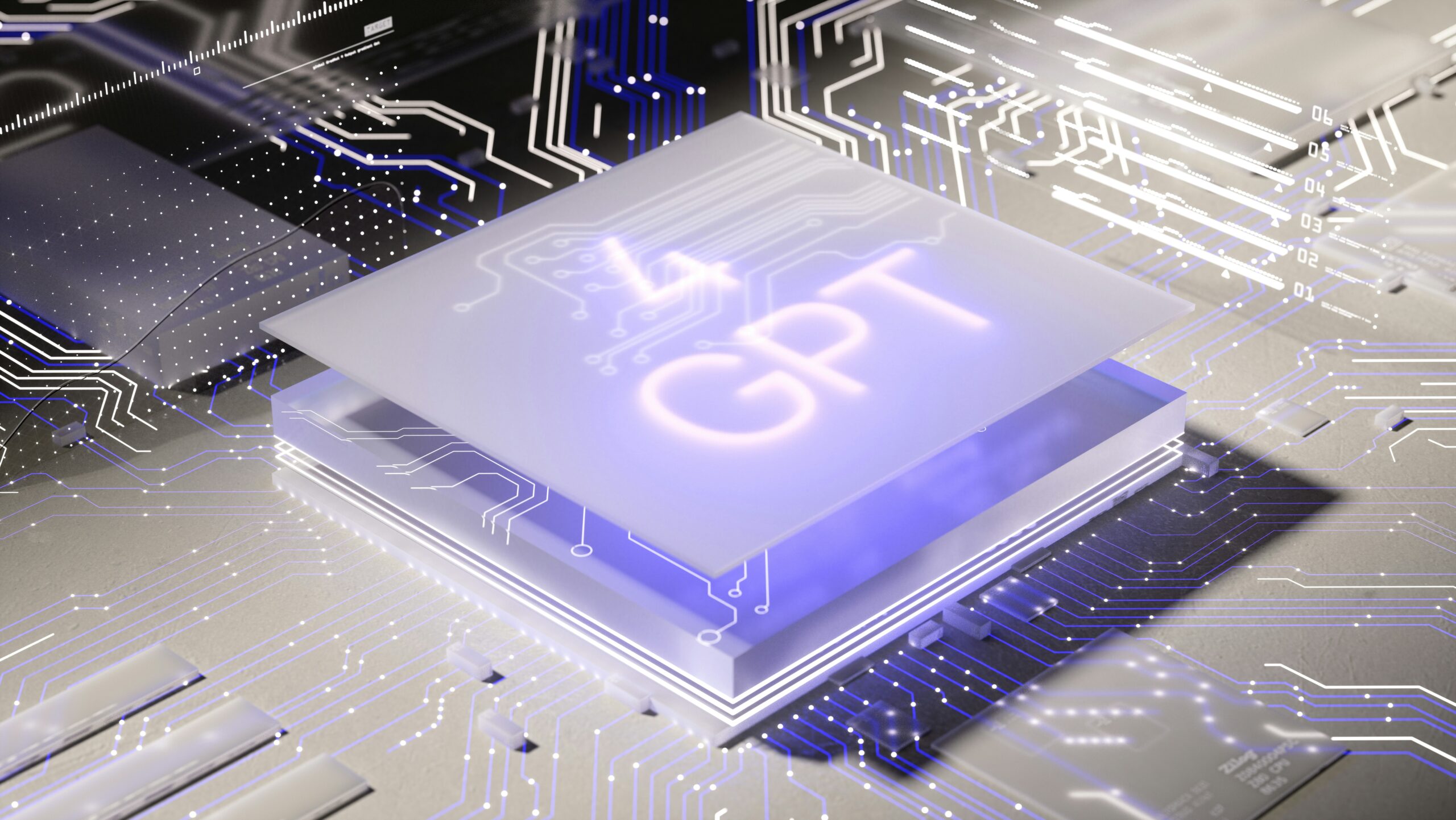We’ve all heard of digital transformation — the days when businesses turned to computers, apps, and the internet to speed up and improve their work. This enabled businesses to accomplish more, touch more lives, and make wiser decisions.
But something much greater is occurring now: AI transformation

Below we will look at
- What was digital transformation all about
- How is it different (and superior in various aspects)?
- How business can shift towards being “AI-first”
Let’s start with a brief overview of digital transformation.
Digital Transformation: A Brief Recap
Digital transformation is applying technology to alter the way a business operates. It began with simple things such as replacing traditional mail with email or storing files in the cloud rather than file cabinets.
Here are some of the major components of digital transformation:
- Cloud computing: Saving and utilizing data over the internet rather than on a single computer.
- Mobile applications: Allowing buyers to purchase products or receive assistance from their phones.
- Automation: Automating repetitive tasks, such as sending mail or record updates through software.
- Data analytics: Analyzing data (such as sales or customer feedback) to help guide informed business decisions.
Real Example:
Walmart employed technology to enhance the way it manages its inventory. This allowed them to maintain full shelves and satisfied customers.

Digital transformation enabled businesses to be faster, more networked and customer-centric. But today, those tools in isolation are not enough. That is where AI steps in.
The Paradigm Shift: Why AI is the Next Wave
Digital tools helped us work better, but now companies need to do more. They need to make quick decisions, understand customers better, and even predict what’s coming next. That’s where AI (Artificial Intelligence) comes in.

So, what is unique with AI?
AI is not merely about computers. It is about instructing machines to:
- Learn from data
- Make decisions
- Improve over time
And that is what it means to be a business in the age of machine intelligence.
Why is this shift taking place now?
- We have more data than ever before.
- Cloud computing gives us the power to run AI.
- Businesses want to move fast and stay ahead of the competition.
Example:
Netflix employs AI to suggest programming based on what you watched. It learns what you prefer and provides you with improved recommendations every time.

AI transformation is shifting from tools that assist us in working to tools that work with us and even on our behalf.
Pillars of AI Transformation

AI transformation isn’t about simply implementing smart tools. It’s about transforming the way in which a business thinks and works. In order to do so, businesses require four principal things — we refer to them as pillars.
1. AI-First Strategy
What that implies is thinking about AI from the very start — not as an add-on, but part of every plan from the outset.
2. Data Readiness
AI is trained from data. So if the data is messy, missing or outdated, the AI won’t perform that well.
3. Smart Infrastructure
AI relies on high-power computers and cloud platforms to operate effectively. Numerous organisations utilise platforms such as AWS, Google Cloud, and Microsoft Azure.
4. Skilled People
Despite the presence of AI, humans matter. Organizations should train teams and hire specialists and instruct everyone on how to utilize AI safely.
Use Cases in Industry: How AI is Propelling the Next Leap
AI is transforming the way various industries operate. Let’s examine some actual examples
Healthcare
Physicians today are utilizing AI to diagnose illnesses such as breast cancer more precisely. In a 2025 German study, the detection of breast cancer was 17.6% higher with the use of AI than with other methods — without a resulting increase in false positives
Manufacturing
Factories utilize AI to repair equipment prior to them failing — that’s predictive maintenance. GE employs AI to monitor its equipment and prevent failures.
Retail
Shops utilize machine learning to predict what you’ll purchase next. Amazon, among other places, alters prices in real time and suggests products based on machine learning.
Finance
Banks utilize AI to prevent fraud. JPMorgan Chase employs AI to read over legal documents and detect suspicious activity quicker than humans can.
AI Transformation vs. Digital Transformation: Key Differences
Here’s a simple table to compare both:
| Feature | Digital Transformation | AI Transformation |
| Goal | Use tech to work faster | Use tech to think and learn |
| Main Tech | Cloud, apps, automation | Machine learning, AI models |
| Data Use | Store and display data | Learn from data and improve over time |
| Speed | Needs people to act | Acts in real time with less help |
| Example | Online shopping, forms | Chatbots, fraud detection |
In short, digital tools help us work, but AI tools help us think and act smarter.
Challenges in AI Transformation

Although AI is powerful enough, it is not always user-friendly. There are some of the typical problems that include
1. Unorganized Data
AI requires updated and clean data. In the absence of it, outcomes may be wrong and misleading
2. Trust and Explainability
People sometimes don’t get the way that AI decides things. That is why we want explainable AI — algorithms that can demonstrate what they do.
3. Outdated Systems
Some businesses continue to use outdated machines and software. These don’t always integrate with AI tools.
4. Job Concern
Many individuals fear that AI will steal jobs away from them. However, in most instances, AI assists individuals in doing their job more effectively – not replacing them.
Steps to Start Your AI Transformation Journey

Here is how you should begin:
1. Assess Your Readiness
Do you possess clean data? Do you have modern systems? Are your staff willing to learn?
2. Begin Small
Pick one problem and solve it with AI. For example, use a chatbot for customer support.
3. Use the Right Tools
There exists a plethora of tools available — Google Vertex AI, Microsoft Copilot, and more — some of which are even gratis.
4. Train Your Team
Educate individuals on how to use artificial intelligence and work with it safely.
5. Measure Results
What is working? Utilize that to improve and expand
The Future: From AI Transformation to Autonomous Enterprises

In the near future, businesses will become autonomous — they’ll run some parts by themselves using AI.
What’s coming:
- Generative AI: Similar to ChatGPT, these applications generate reports, write content, and so forth.
- Edge AI: Artificial intelligence that functions on smart devices – without internet access.
- AI Agents: Intelligent assistants with the capability to execute tasks end-to-end.
These tools will assist businesses:
- Increase speed
- Save money
- Improve customer service
The future isn’t just about using AI — it’s about relying on AI to assist in operating your business.
Conclusion
We’ve evolved from working with digital tools to collaborating with smart machines.
- Digitization provided businesses with speed and connectivity.
- They become smarter and more proactive with AI transformation.
If your company isn’t on this trip yet, now’s the time to set out. Begin small. Figure things out as you go. And be ready to enter a future in which AI grows your business.
Start with one area where you can utilize AI — such as customer support or sales — and take action today.



